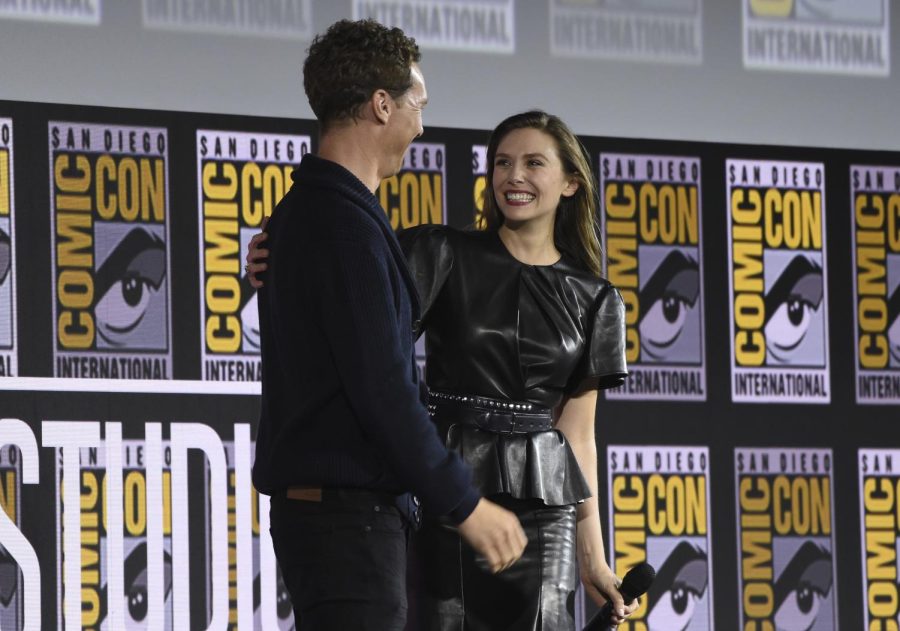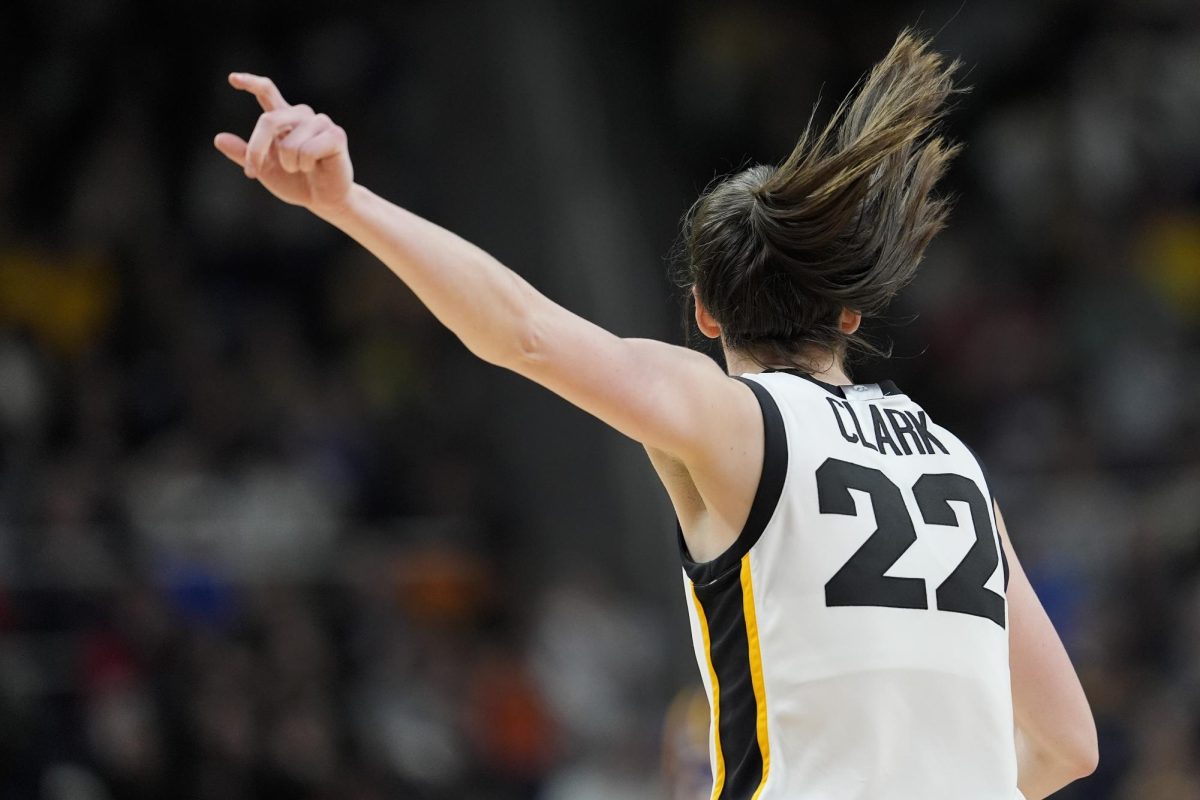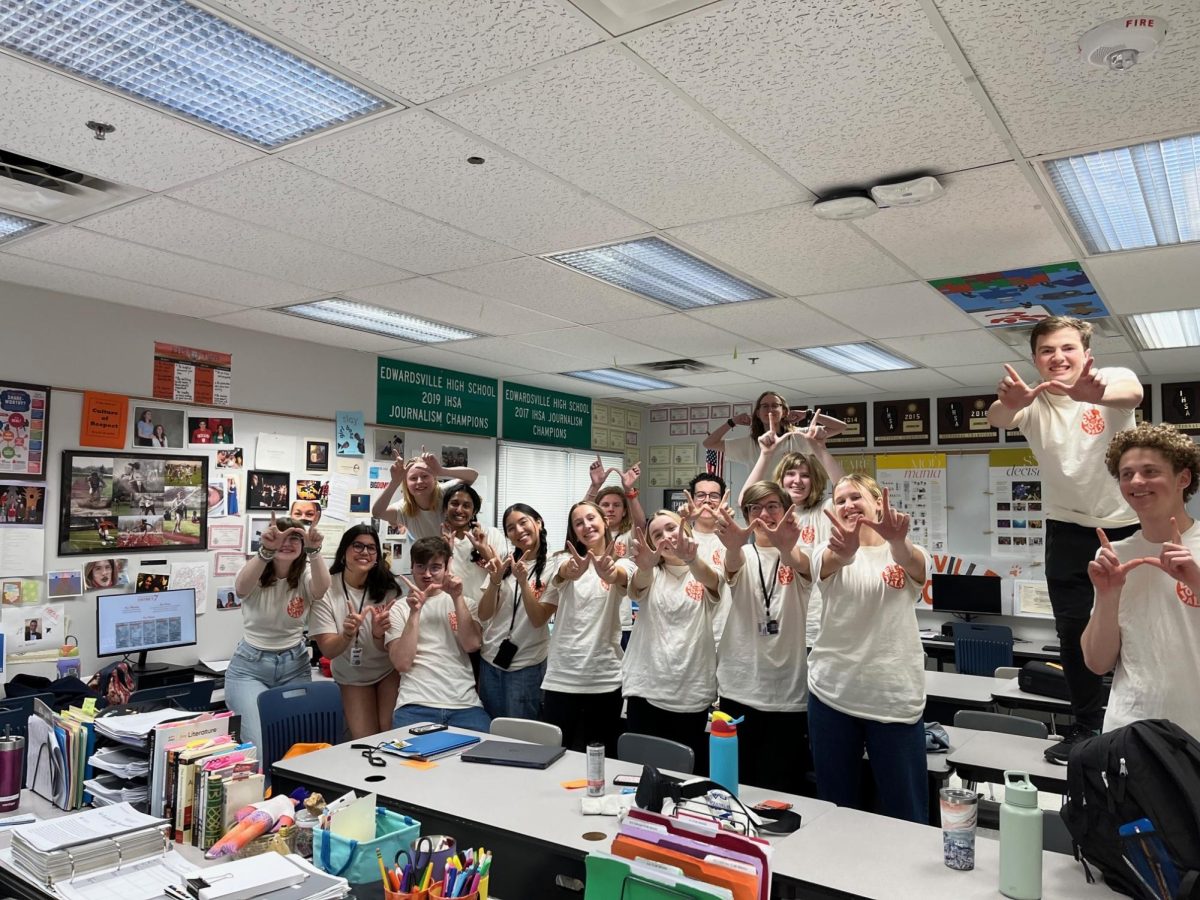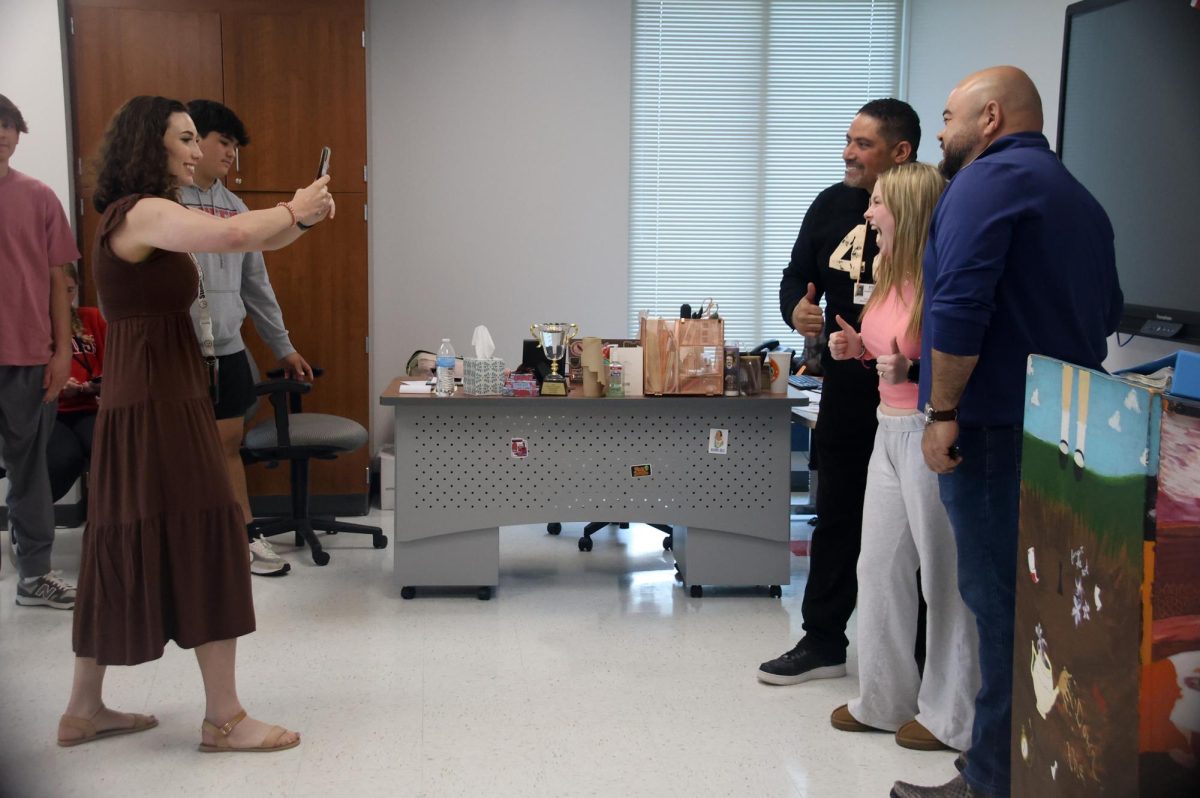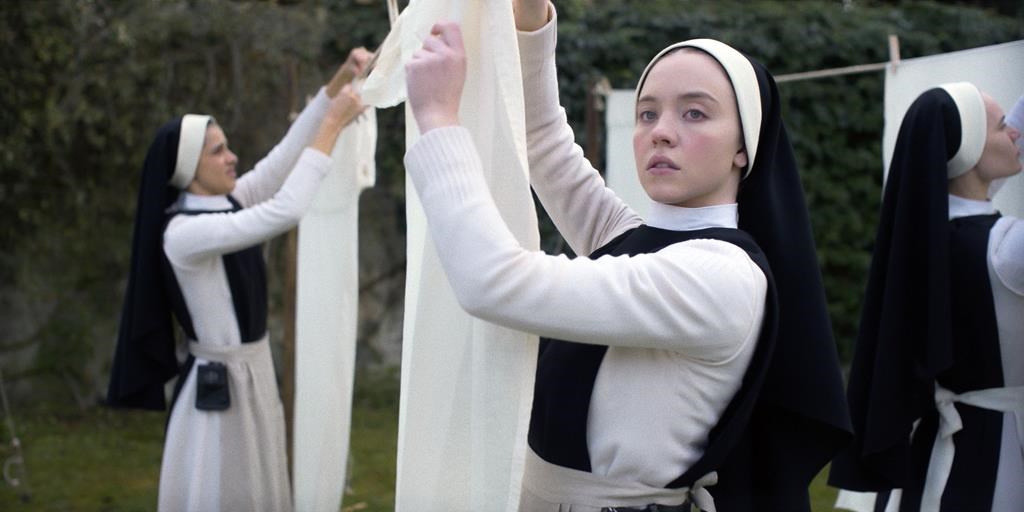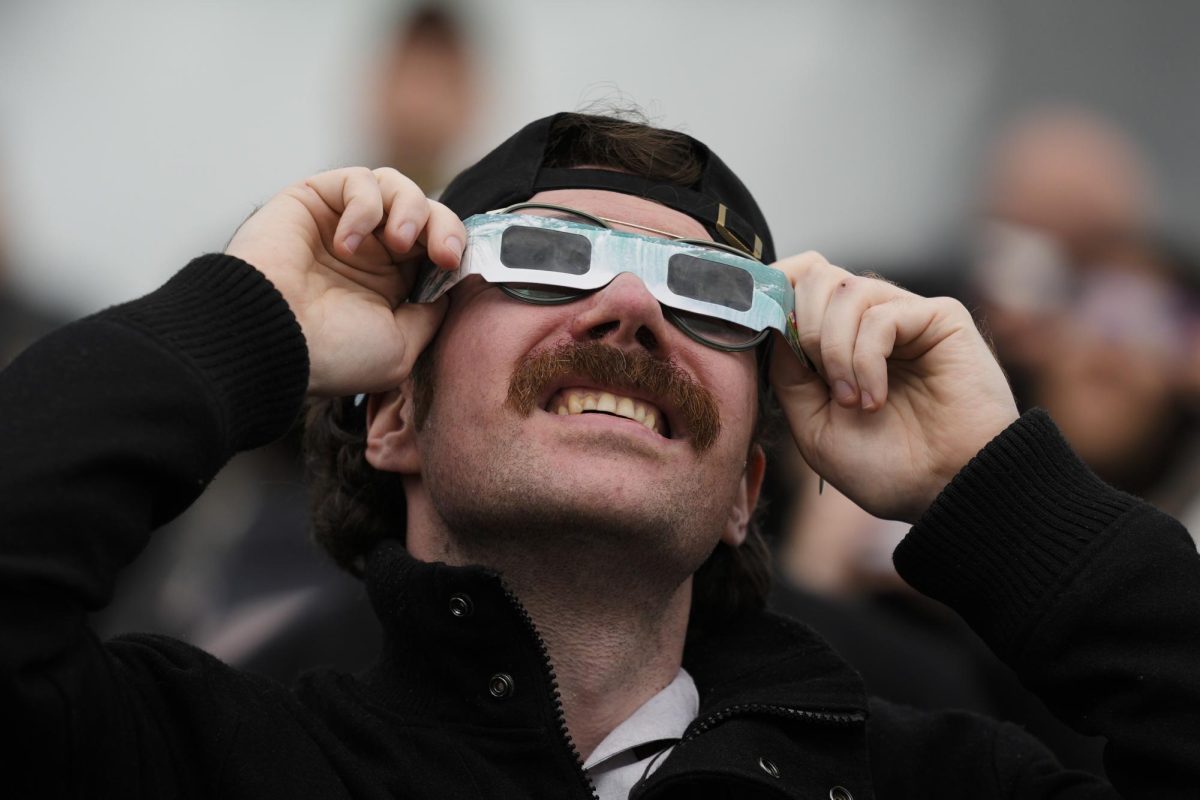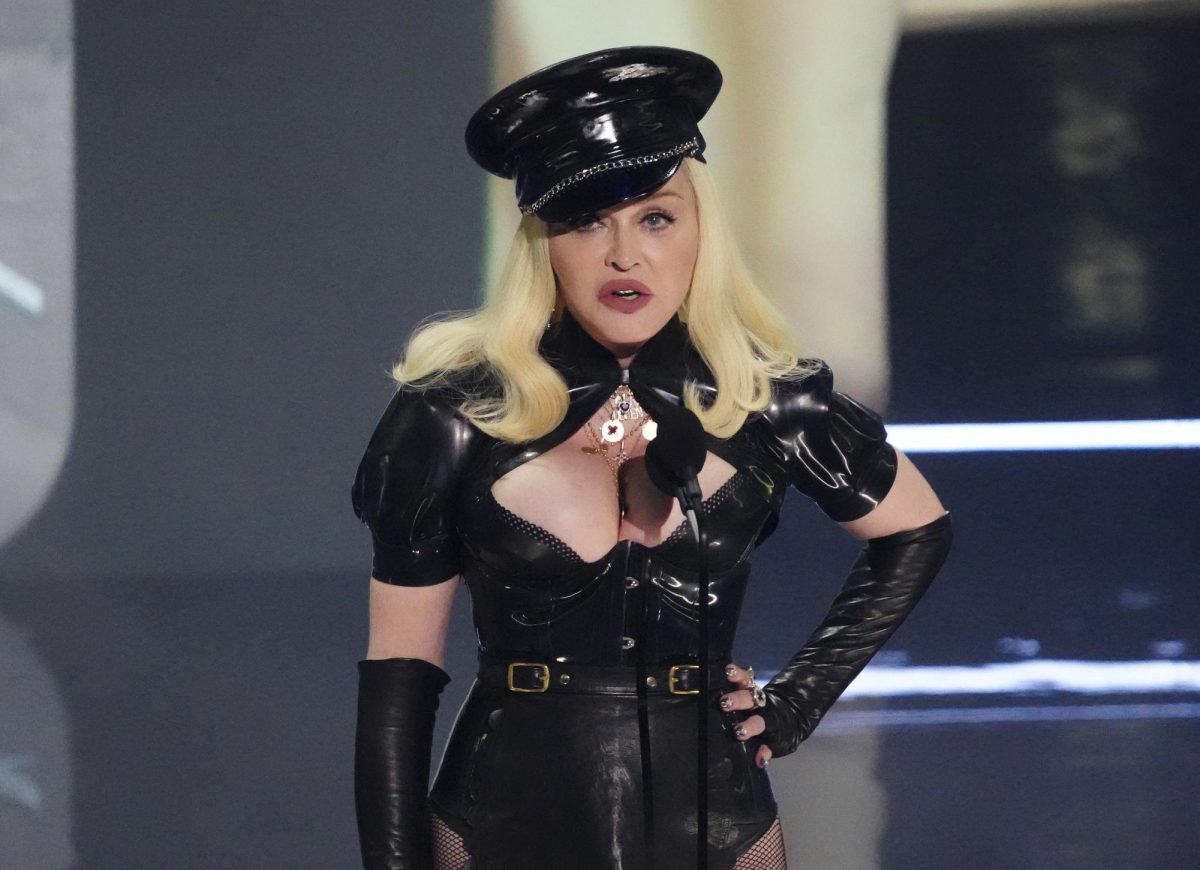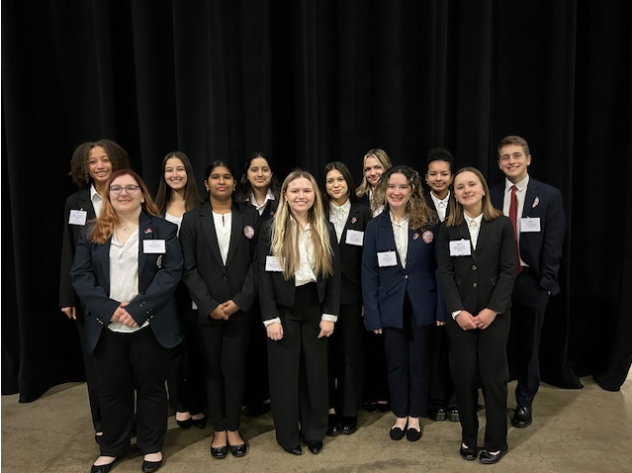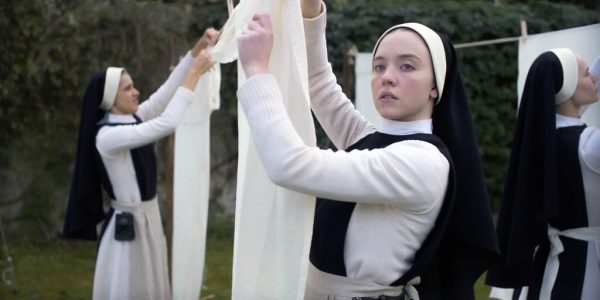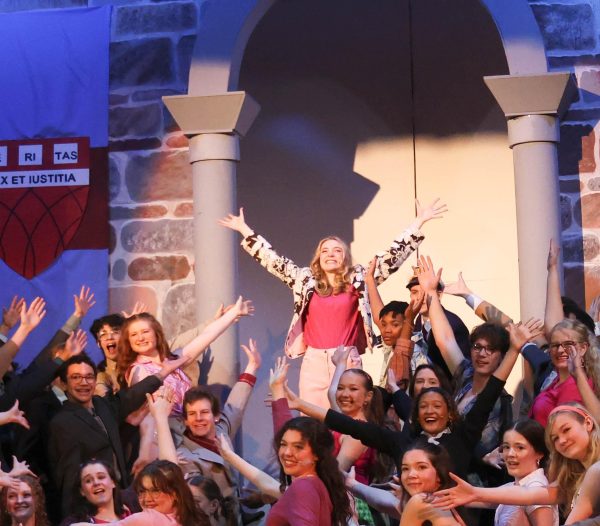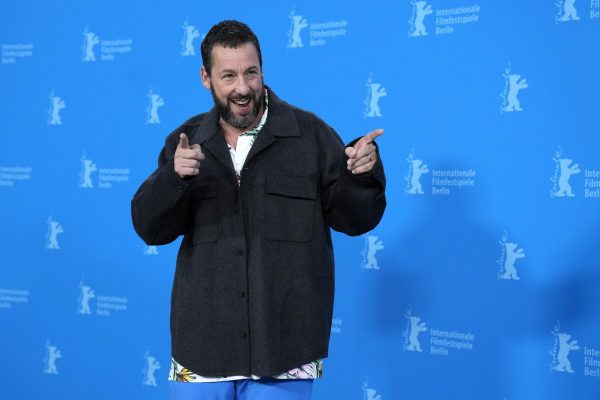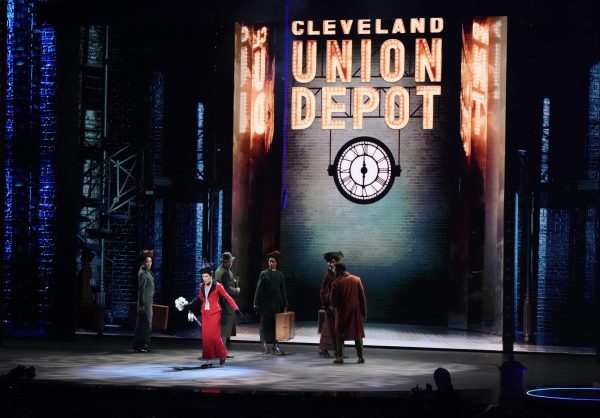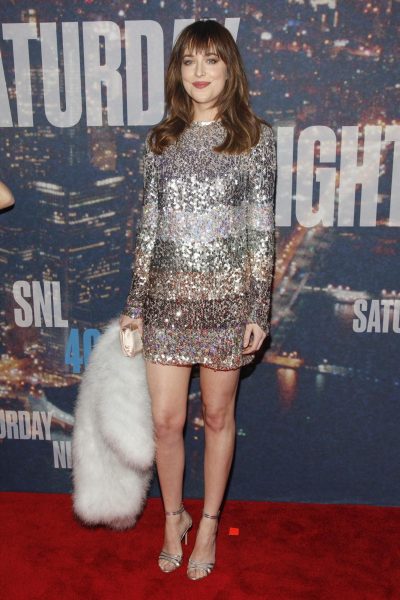‘Dr. Strange in the Multiverse of Madness’ Struggles to Find its Identity
Benedict Cumberbatch, who plays Dr. Strange, and Elizabeth Olsen, who plays Wanda Maximoff, laugh together during the ‘Dr. Strange in the Multiverse of Madness’ segment of Comic-Con on July, 20, 2019.
May 13, 2022
Some of the biggest complaints critics have with Marvel movies is that they’re formulaic and avoid risks at all costs.
“Dr. Strange in the Multiverse of Madness” manages to be one of Marvel’s riskiest films, while still following their formula.
The biggest risk this film takes is in its directorial style. With Sam Raimi at the director’s helm, no other Marvel film looks or feels like this one does.
Less than 15 minutes into the film there is a battle between Strange and a CGI monster, and the gore shown is more than what I’m used to with Marvel films.
And that was fine with me. I knew going into the film that its intentions were to be Marvel’s first horror movie, and the gore set that up well.
After the monster fight, Strange meets America Chavez, the girl who was attacked by the monster, and learns that she can travel between different universes.
To uncover who sent the monster after Chavez, Strange seeks out Wanda Maximoff, who unintentionally reveals that she is the one who has been sending monsters after Chavez.
Maximoff reveals that she wants Chavez’s power for her own so that she can be with her sons in another universe. She requests that Strange hand over Chavez, or else she’ll stop holding back on her attacks.
And this is where my problem with the film starts. Wanda’s character is completely decimated, as she’s reduced to a one-dimensional character for the sake of the film needing a villain powerful enough to fight Strange.
The drastic change in her personality is hard to believe after the end of “WandaVision.” Though it was hinted she would become corrupted, it seems like a stretch that she would kill everyone who gets in her way.
Though it could be empowering to have a strong female villain, her sole motivator being her children makes her entire arc feel rooted in the 1950s.
One line that stood out as particularly bad is when Maximoff defends her actions by saying “I’m not a monster, I’m a mother.”
I would rather her be a monster or unhinged instead of relying on her children for any development. And why not go to a universe where her partner, Vision, is still alive instead?
Besides the qualms I have with her development, I found that I sided with Wanda throughout most of the movie. The film expects the audience to root for a random girl over a character they’ve known for years, and it just doesn’t work.
I don’t think the horror style of directing works either. Some of the shots feel campy, with faces fading onto or off of the screen as a way to transition between scenes.
If the writers went with light-hearted, low stakes plot and dialogue, the directing would work for me, and it would be a nice change of pace for Marvel. But with Maximoff’s morality and the fate of the universe in question, cheap jump scares and spinning shots make the film feel disjointed.
This stems from Sam Raimi being out of the writer’s room. If the writers had worked with him to create a plot that matched his vision for the movie, I think it would have been one of Marvel’s most unique films in a successful way.
The film is proof that writers and directors need to work together to create a cohesive viewing experience, and I think it will leave many movie-goers unsatisfied.


